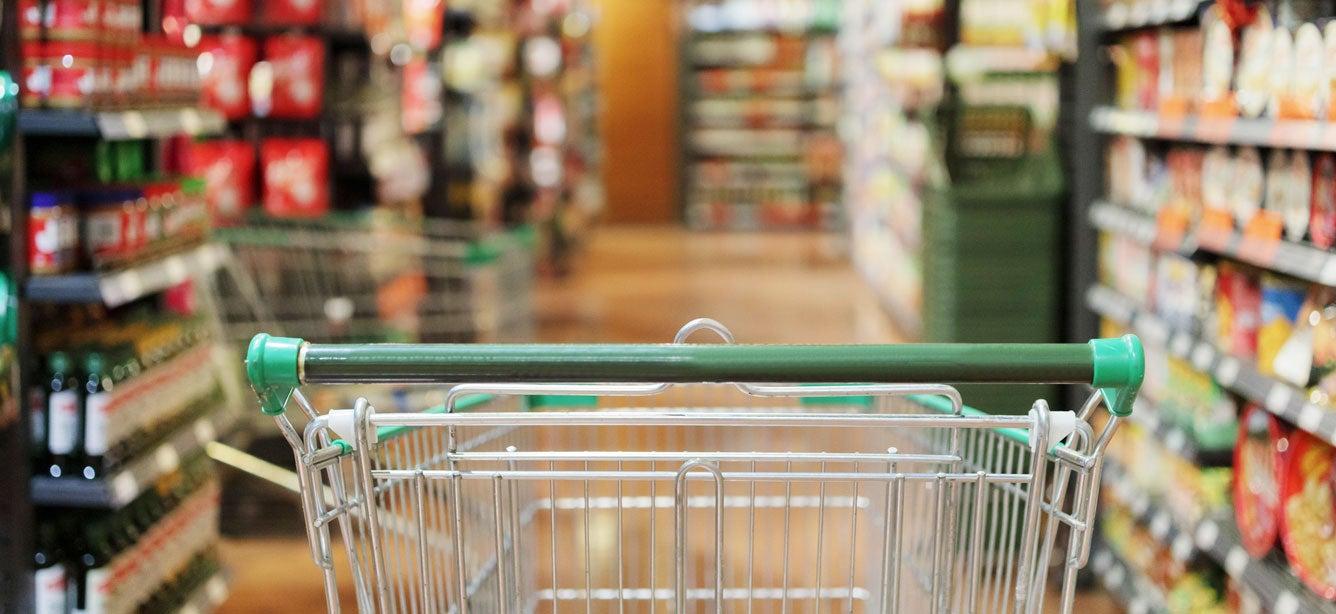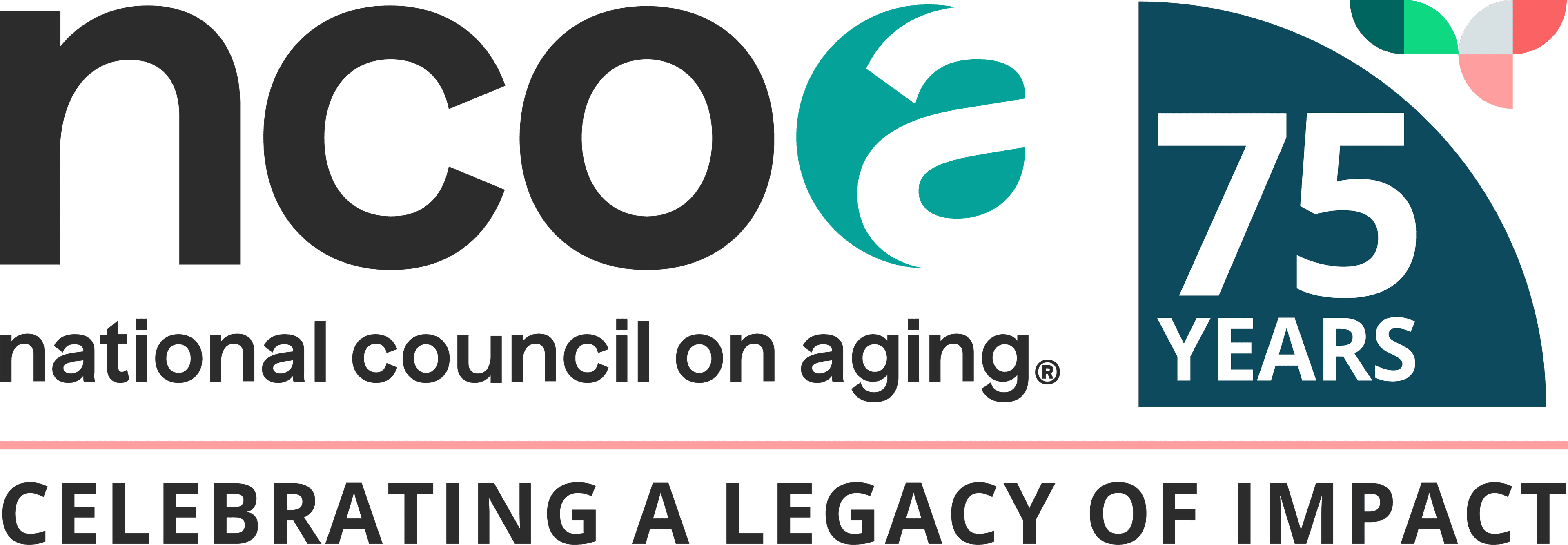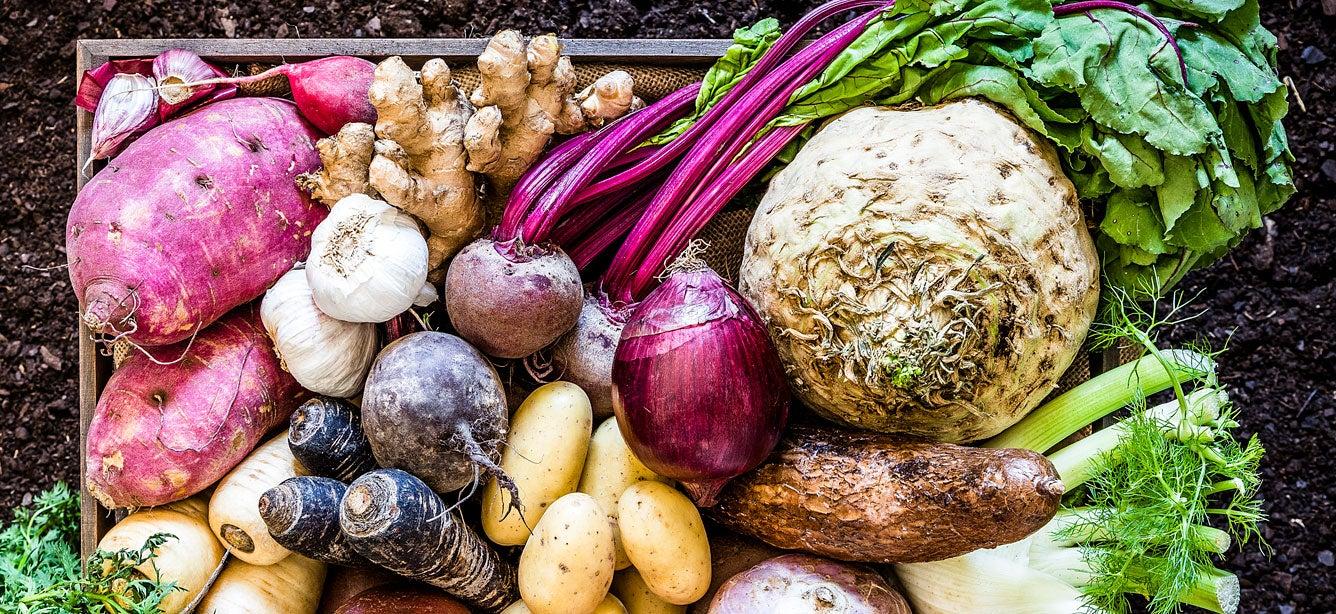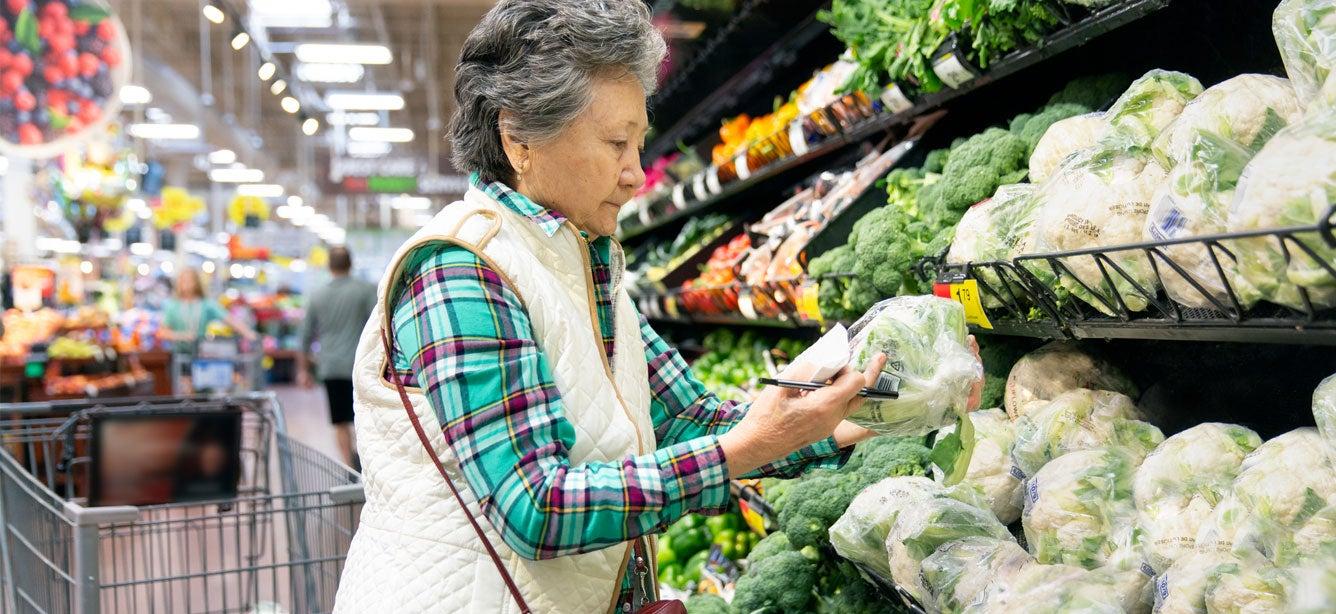Eating Better on a Fixed Income: What You Can Buy for $23 in SNAP Benefits
5 min read

Related Topics
Supplemental Nutrition Assistance Program (SNAP) benefits are paid monthly to participants, in the form of funds loaded onto an electronic benefits transfer (EBT) card that can be used to buy food. Each U.S. state and territory has a minimum monthly benefit amount, which may change from year to year.
What is the lowest SNAP benefit?
In 2025, the minimum monthly benefit remains steady at $23 for most one- or two-person households. In Alaska, it ranges from $30–$47; in Hawaii, it’s $41.1
These amounts don’t stretch far enough for many low-income older adults already struggling to make ends meet. “It’s because the basis for calculating SNAP benefits contains some flaws,” explains Jen Teague, NCOA Director for Health Coverage and Benefits.
“Those flaws can be fixed, and NCOA is advocating tirelessly to make sure that happens. Unfortunately, in the meantime, our nation’s most vulnerable seniors are left to wonder how—or if—they can pay for the food they need to stay healthy.”
How much can you make to qualify for SNAP?
The federal government sets the SNAP income limits each year. Generally speaking, if you’re an adult over 60 and/or you live with a disability, you will be eligible for assistance in 2025 if your net household income is less than or equal to the federal poverty line, and your assets amount to $4,500 or less.
What will $23 in SNAP assistance buy?
Keeping in mind that prices will vary widely depending on where you live and where you shop, here are some ideas for stretching your minimum monthly SNAP benefits*:
$23 Basket A - Breakfast, Lunch, and Dinner
| Food Item | Cost |
|---|---|
| (1) dozen, fresh eggs | $5.12 |
| (1) pound of grapefruit | $1.70 |
| (1) 16 oz. loaf of (wheat) bread | $2.75 |
| (1) 16 oz. American cheese | $4.99 |
| (1) 16 oz. box of pasta (elbow macaroni) | $1.36 |
| (1) pound of fresh tomatoes | $1.79 |
| (1) pound of 100% ground chuck beef | $5.80 |
| TOTAL | $23.51 |
$23 Basket B - Protein Pack
| Food Item | Cost |
|---|---|
| (1) pound of 100% ground beef | $5.80 |
| (1) pound of chicken legs | $1.79 |
| (5) pounds of chicken (whole, fresh) | $10.30 |
| (1) dozen, fresh eggs | $5.12 |
| TOTAL | $23.01 |
$23 Basket C - Fresh Fruit and Vegetable Variety
| Food Item | Cost |
|---|---|
| (2) pounds of bananas | $1.28 |
| (2) pounds of navel oranges | $2.98 |
| (1) pint of strawberries | $2.48 |
| (1) 5-pound bag of white potatoes | $4.85 |
| (1) pound of fresh tomatoes | $1.79 |
| (2) pounds of iceberg lettuce | $3.04 |
| (2) pounds of romaine lettuce | $5.84 |
| TOTAL | $22.26 |
$23 Basket D - Basic Staples
| Food Item | Cost |
|---|---|
| (1) 5-pound bag of white, all-purpose flour | $2.80 |
| (1) 5-pound bag of white sugar | $5.10 |
| (2) 16 oz. boxes of dried pasta | $1.36 |
| (1) 5-pound bag of dried beans | $8.35 |
| (1) 5-pound bag of white rice | $5.15 |
| TOTAL | $22.76 |
*Unless otherwise noted, all prices are based on national averages as reported by the U.S. Bureau of Labor Statistics’ Mid-Atlantic Information Office for April 2025.2
Of course, these sample baskets merely scratch the surface of what you can buy with SNAP. If you’re an older adult living on a fixed income who qualifies for the minimum monthly benefit, $23 may not sound like much. But every dollar in assistance can help you afford healthier food. And even modest improvements in diet and nutrition can lead to a variety of positive health benefits.
What are other ways to grocery shop on a tight budget?
By using some of the ideas below, you may discover that $23 wields even more purchasing power than you might have thought:
- “Save up” your SNAP. There’s no rule that says you have to spend your monthly benefits all at once. Those are yours, and last for as long as your defined SNAP benefits period does. As long as you use your EBT card on a regular basis, you can roll any unused dollars from one month to the next. In fact, many SNAP recipients do just that, which leaves more flexibility for taking advantage of sale prices and bulk purchasing.
- Buy in bulk when you can. Items like dried beans, rice, pasta, spices, and flour generally cost less than their canned, boxed, or other pre-packaged counterparts.
- Check the per-unit price. Each shelf label should include this information, which can be useful to your decision-making. For example, “family size” quantities of the same item—such as cereal—can often cost less per ounce than if you bought a smaller box. You’ll pay more up front, but you’ll also have more cereal to eat. This is a particularly good strategy for non-perishable groceries.
- Shop at discount grocers if you have some nearby. Sometimes known as “surplus stores,” “bent-and-dent stores,” or “closeout grocery stores,” these retailers can offer significant savings if you’re willing to take a gamble on inventory, which can vary week-to-week. Use the USDA’s SNAP Retailer Locator to find a participating discount store near you.
- Use store apps. If you have a smartphone, check whether your regular grocery store offers an app. In addition to other conveniences, many of these apps offer discounts and promotions based on your shopping habits. This can help you save more money on items you regularly purchase—without having to scour the weekly circulars. Coupons specific to you will load directly into the app, and you can apply them during checkout. Some stores will even offer “freebies” to entice you to return.
- Shop online. Did you know that can use your SNAP EBT card to buy groceries online for delivery and pickup from Walmart, Amazon, Uber Eats, DoorDash, and more? Online shopping can help you quickly compare prices and find discounts on everything from fresh fruits and vegetables to pantry staples—both from your local store and large national retailers. See what stores and online platforms accept EBT for grocery delivery and pickup.
Sometimes SNAP benefits are lower than they should be. This is because when you apply for SNAP, your income determines the amount of SNAP benefits you get. There are certain “deductions” that are considered and can increase the amount of SNAP benefits you get.
For example, there's a deduction that could apply if you pay a lot for housing (including your rent or mortgage, as well as utilities). If you're over 60 or have a disability, you may also be able to deduct out-of-pocket medical costs.
If you think you may not be getting all the benefits you deserve, contact your local Benefits Enrollment Center, or BEC, or call your local SNAP hotline.
Also, Teague urged, be sure to see if you qualify for other federal and state benefits programs that can improve your financial security. It’s simple with NCOA’s BenefitsCheckUp online tool. Just enter your ZIP code to find programs that can make it easier to afford housing, utilities, prescription drugs, health care, and more.
Sources
1. USDA. SNAP – Fiscal Year 2025 Cost-of-Living Adjustments. Found on the internet at https://fns-prod.azureedge.us/sites/default/files/resource-files/snap-cola-fy25.pdf
2. U.S. Bureau of Labor Statistics. “Average Retail Food and Energy Prices, U.S. and Midwest Region”. Found on the internet at https://www.bls.gov/regions/mid-atlantic/data/averageretailfoodandenergyprices_usandmidwest_table.htm



